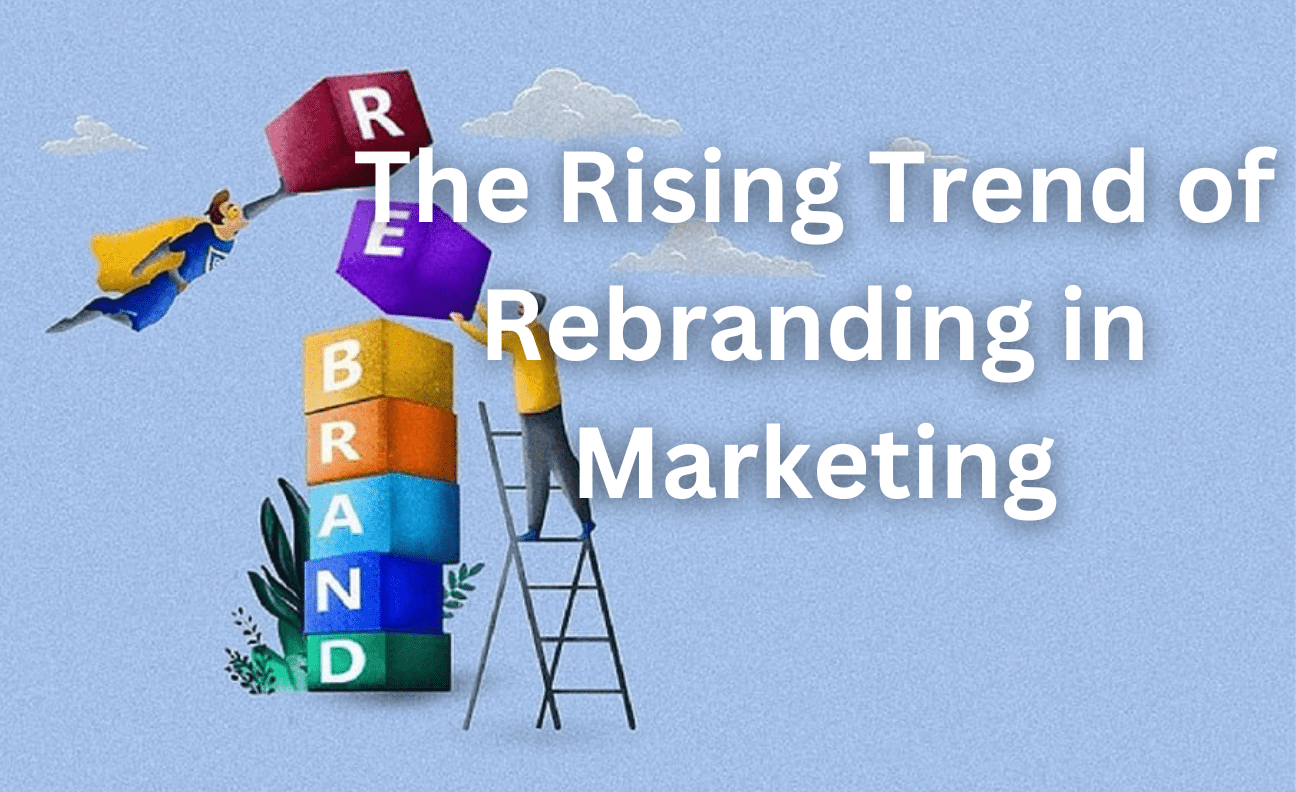For the third consecutive year, marketers across various industries have prioritised rebranding, refreshing, and repositioning over bold creative campaigns designed to generate buzz.
This approach, initially popular among consumer packaged goods (CPG) companies like Kraft Heinz, Unilever, and PepsiCo, has now extended to quick service restaurants (QSRs), digital-first brands like Wayfair and Tubi, and even marketing agencies.
As the pandemic continues to recede and Gen Z emerges as a key demographic, rebranding remains a cornerstone strategy in the ever-evolving marketing landscape.
The Rebranding Imperative
The trend towards rebranding stems from a need for agility and adaptability in marketing efforts.
Marketers are striving to balance several key imperatives: investing in brand building after years of focusing on performance marketing, creating a holistic strategy across multiple channels, and leveraging insights into changing consumer behaviours.
According to the head of strategy at FutureBrand, an IPG branding and experience agency, it is crucial for leaders to view their brands as growth engines rather than just a collection of identity and campaign silos.
In today’s rapidly changing environment, staying modern, relevant, and adaptable to consumer needs is essential.
The Performance Marketing Plateau
Performance marketing, known for delivering short-term wins and clear ROI, continues to be a significant part of marketing budgets. However, for some brands, this approach has reached its limits.
They have exhausted growth opportunities with existing customers or lack a strong enough brand identity to compete on factors other than price. As a result, many marketers are shifting their focus back to brand-building activities.
A recent survey indicates that 36% of marketers worldwide plan to increase their investment in brand marketing this year.
The director of creative strategy at BrandOpus highlighted a growing desire among marketers to reconnect with consumers. Many realise they have lost touch with their audience or have been targeting the wrong segments due to an over-reliance on platforms like Facebook.
Building a Strong Brand Foundation
Brand building is crucial for sustainable growth. Kantar’s Blueprint for Brand Growth report, which analysed over 14,000 brands, identified four key factors that enhance consumer predisposition to brands: a strong consumer experience, functional performance, design or breadth of offering, convenience, and great advertising.
According to Kantar’s executive vice president of global thought leadership, many brands have neglected brand building, either because they never invested in it initially or because they relied too heavily on performance marketing.
To avoid becoming just a name on a website, marketers are turning to rebranding as a means to strengthen their brand identity and meet evolving consumer needs, however, this effort is not uniform across the board.
Direct-to-consumer brands expanding into brick-and-mortar spaces need a different branding approach than legacy brands, which might focus on modernising their story or finding new audiences without losing existing brand equity.
Strategic Rebranding Examples
Brand experience firm Siegel+Gale’s president for the Pacific Rim emphasised the importance of design in successful rebranding efforts. Recognisable brand symbols can help a brand succeed in new categories.
For instance, Kraft Heinz’s Mio rebranding focused on customisation and integration into consumers’ daily routines. Manischewitz‘s rebrand aimed to reach beyond the kosher aisle and attract younger, more diverse customers.
What’s more, rebranding efforts can also future-proof brands by articulating their purpose and adapting to new market contexts. This is evident in the work done by agencies like Jones Knowles Ritchie for brands such as Manischewitz and Impossible Foods.
A Holistic Approach to Branding
Marketers increasingly demand that branding agencies address a wide range of brand elements, from packaging to digital, social, and public relations channels. This comprehensive approach provides greater overall value and makes the investment in rebranding more justifiable.
Historically, core brand identity elements were seen as fixed, while creative campaigns were flexible tools for maintaining relevance. Today, the strongest marketers use both brand identity and creative campaigns to deliver a cohesive brand experience and emotional connection with consumers.
Conclusion
As marketers navigate the shift from performance marketing to brand building, the importance of rebranding as a strategic tool becomes clear. By focusing on agility, consumer insights, and a holistic approach to brand identity, companies can create more meaningful and lasting connections with their audience.
While the distinctions between rebranding, refreshing, repositioning, and redesigning may be nuanced, the commitment to these strategies underscores a broader trend: the return to brand fundamentals as a path to sustainable growth in a dynamic market.









